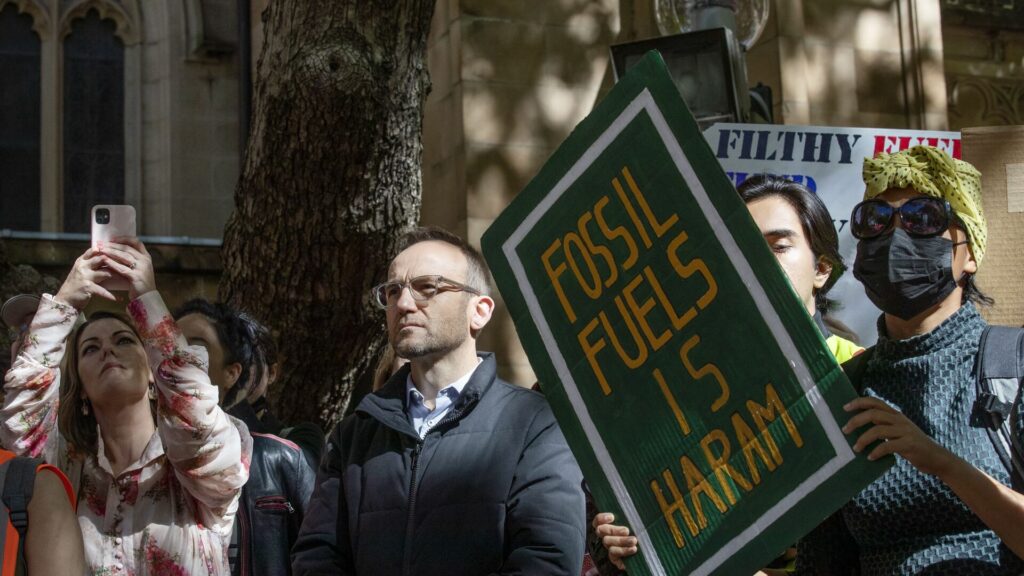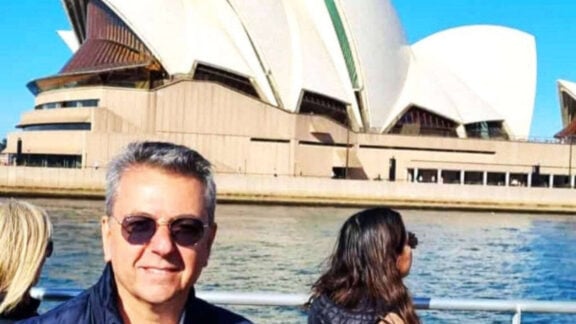Minor parties and independents are winning seats in parliament through populist platitudes.
Emotional triggers that offer hope with little attention to achievable solutions are their stock in trade. The teals’ three triggers were fixing the climate, addressing integrity, and justice for women and First Nations. These were echoed by the Greens to great success.
It’s a vote-harvesting formula not predicated on actually delivering on these important issues, but on capturing the votes of those genuinely concerned about them.
The major parties increasingly find it difficult to compete with their costed measured policies, and are therefore bleeding, with one in three voters not voting for them.
To understand what has happened and how the major parties can address the drain, we must go back in history.
For decades the Greens approach involved identifying an issue – any issue – that may trigger an emotional response in the electorate and running with it to garner votes.
The first thing to note is the triggers change over time, and the latest may be totally inconsistent with previous ones. Let me give an example: back in 2004, as Victoria’s energy minister, I introduced Victoria’s first and biggest subsidised renewable energy scheme. The Victorian Renewable Energy Target Scheme was designed to supercharge wind construction and bring Victoria to 25 per cent renewables by 2020. We got to 26 per cent.
Rather than welcoming the VRET, the Greens launched consistent protests against the new wind facilities it was designed to deliver. They used three emotional triggers. First, the noise would damage the hearing of farmers nearby; second, they were a blight on the visual landscape; and third, their blade rotation would kill birds. Everywhere I went in Victoria I was followed by Green protesters.
In 2006 the then Liberal federal environment minister, Ian Campbell, blocked the development of a wind farm at Bald Hill because of concerns about its threat to the orange-bellied parrot. Modelling using the government’s own data revealed this wind farm would kill a bird every 667 years. The minister backed down.
It also became clear noise was not a problem for farmers on whose land the turbines were placed and who were receiving royalties, but only for adjoining farmers.
These facts did not stop Greens protests, which went on through several elections. At that time the Greens ran another line, that coal power stations be shut down and replaced by “cleaner” gas ones as part of a transition to renewable energy. For the life of me I don’t know which renewable energy they had in mind because they believed wind killed birds, destroyed hearing, and defaced the environment.

Even large-scale solar was not embraced by the Greens because it took up large tracts of arable land.
Fast forward to today. Now the Greens love wind, and love solar. They hate not only coal but gas, too.
Gone is their support for gas as a transition fuel. Their new formula is to build nine times our current capacity in wind and solar.
The Greens have also gone from accepting gas as a transition fuel to demonising it. Gas is now said to be just as dangerous as coal. The Greens propose that existing and future homes move to electric appliances. Their policies include a massive subsidy scheme of $17.1bn.
Mind you, this does not mean it will be free for consumers, as the maximum subsidy is $6000.
I have a hydronic heating system in my home that has a gas boiler outside. It is efficient and quiet. To change this to electricity would require two big heat pumps. They are noisy and can lift the temperature of the water to only 55C, as opposed to the gas boiler that runs at 75C. This means it will take longer to heat my home – and it will cost about $16,000 to effect this single change.
Beyond the practical and cost issues involved in going off gas immediately, the additional load on the electricity grid would be enormous, especially if we also move to electric cars, which I support. We would be looking at perhaps 18 times our current renewable energy.
Despite the contradictory historical stances, despite the practicalities, the emotional triggers today seem far more potent. The Labor Party’s costed, ambitious 43 per cent target by 2030 is ridiculed even though it involves fast-tracking renewables and building new powerline infrastructure.
The most deceitful aspect of Green/teal prescriptions is the claim only big economy-destroying carbon reductions can save our Great Barrier Reef. Even if we achieved net-zero here by 2030 we would make a tiny impact on global warming. Only action by China, the US and other big economies will save our reef and the Pacific Islands.
Victoria has an ambitious target of 50 per cent by 2030. It includes a transition program towards less reliance on gas in a responsible way.
Pleasingly, Matthew Guy’s opposition has matched the 50 per cent target. No doubt the Victorian Greens will call for unachievable targets in the coming state election with mountains of new emotional triggers offering false hope with no prospect of delivery.
Federally the Dutton opposition should take a lead from the Victorian opposition and vote for Labor’s 43 per cent on the basis it has a mandate. This would render the Greens and teals politically impotent on their most important issue and perhaps begin the process of recovering the two-party system.
*Theo Theophanous is a commentator and a former Victorian Labor Minister. This article was originally published in Herald Sun. Published in Neos Kosmos with permission.









